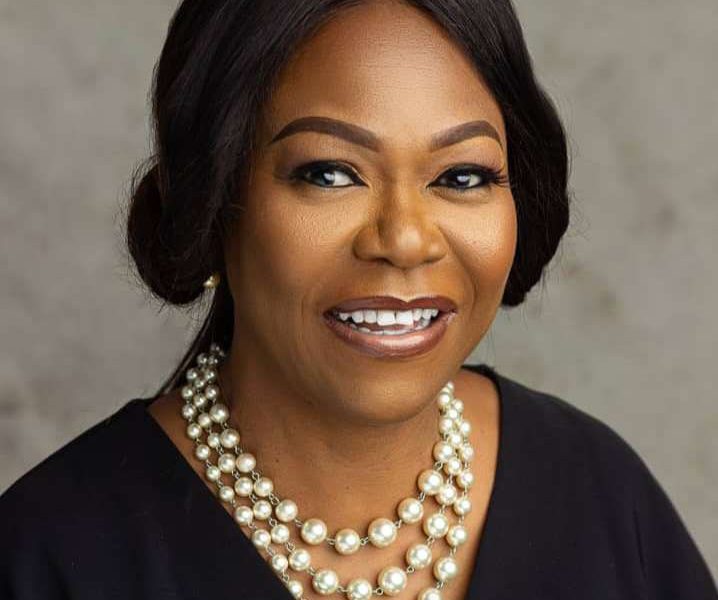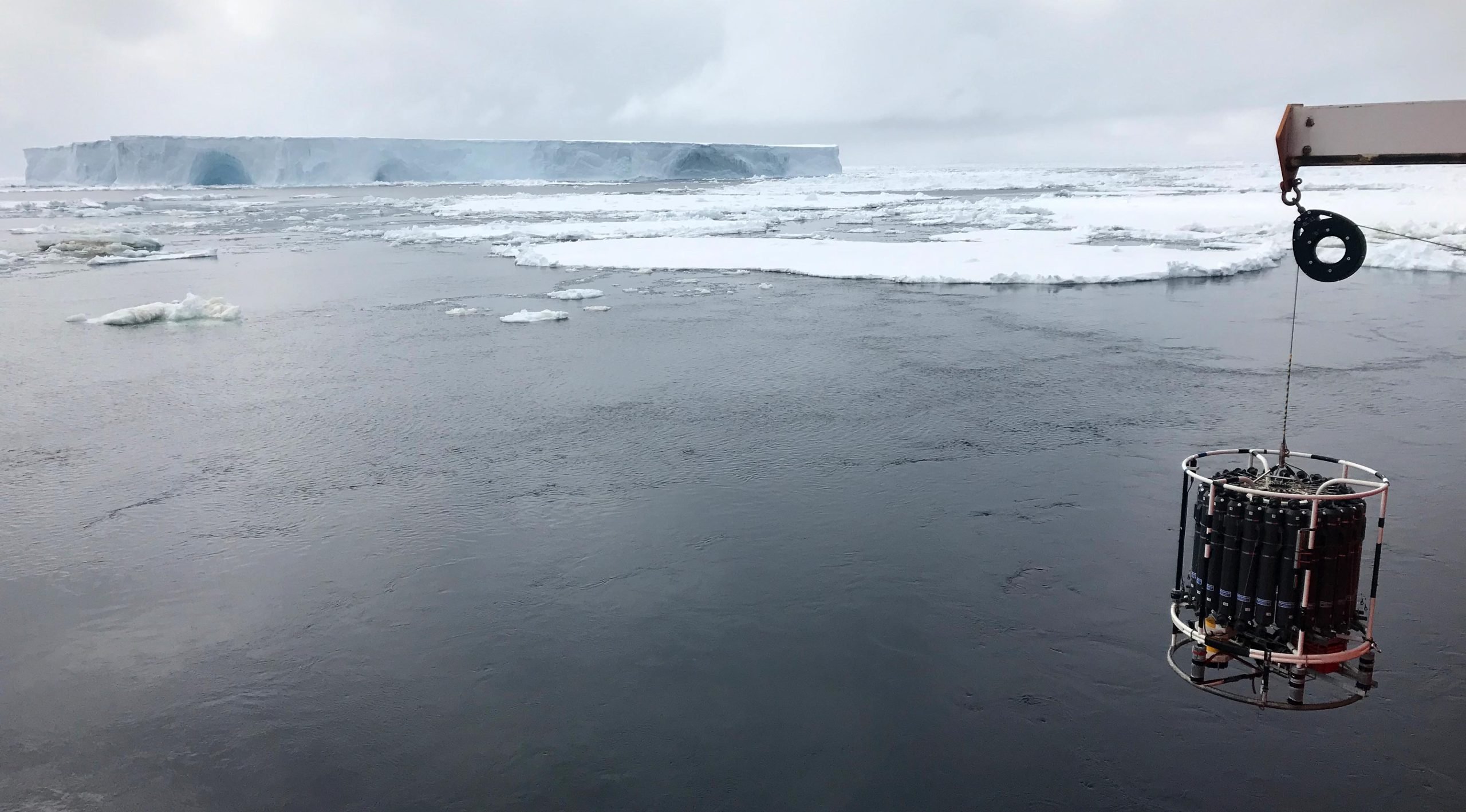
Nearly two decades ago, fishers discovered an odd occurrence off the coast of Oregon. They were pulling up pots of dead or lethargic crabs.
At first they suspected a chemical spill or a red tide. But instead, they learned, dangerously low levels of dissolved oxygen in the ocean water were to blame.
The crabs had suffocated.
These swaths of hypoxic areas have surfaced every summer on Pacific Northwest shores since it was first recorded in 2002. They are spurred by naturally occurring coastal upwellings and algae blooms, exacerbated by climate change, said Francis Chan, director of the Cooperative Institute for Marine Resources Studies at Oregon State University.
Akin to fire season, hypoxia season arrived earlier this year—the earliest start in 20 years, according to Chan. But unlike wildfire, or other visible climate emergencies, it’s gone largely unrecognized.
“It’s kind of a silent problem happening out there,” said Chan. “This year, I can look out and see trees with one side burnt because of the heat wave. As I’m driving on McKenzie highway, I can see Mount Jefferson has no snow on it. But when you drive out to the ocean, it looks exactly the same as last summer.”
The coasts of Washington and Oregon are part of the California Current Large Marine Ecosystem which extends from Mexico to Canada. The ecosystem is highly dynamic as each spring and summer, northerly wind systems blow southward and push the upper layer of the ocean offshore. It gets replaced by water from deeper depths that is rich in nutrients and helps fuel the productivity of the West Coast. This process is known as coastal upwelling.
The upwelled water has lower levels of dissolved oxygen because the deep water has spent such a long time isolated from the atmosphere. The wealth of nutrients encourages strong phytoplankton blooms, also known as marine algae, which eventually decomposes—a process that further consumes oxygen from the water—leaving the nearshore water with even lower oxygen levels that can lead to marine creatures suffocating.
“How long can you hold your breath?” posed Jenny Waddell, a research coordinator at the Olympic Coast National Marine Sanctuary. “Other than marine mammals who breathe at the surface, pretty much everything else in the ocean is using dissolved oxygen for their life.”
Typically, hypoxic conditions haven’t arrived to the nearshore until mid-June or July. This year hypoxic conditions were reported in April with the upwelling season beginning in March. To get a sense of why an early beginning to the upwelling season is concerning, Chan compared it to the summer drought season. “Say we expected rainfall lasting until March but the rain stops in February. That’s all the water we have. We have to last until next year.”
Similarly, if upwelling starts a month earlier than usual, the amount of oxygen, already low, has to last until the fall when storms promote mixing which adds oxygen back into the system.
Chan said as of late September this year, upwelling is still occurring and low levels of oxygen are still persisting.
Climate change is playing a role in worsening oxygen levels. Simply put, warmer water holds less oxygen because the oxygen molecules are moving faster and are more likely to escape from the surface. A little more complicated, climate change is altering the structure of the oceans as the warmer upper layer is more buoyant than the cooler, deeper, already oxygen-poor ocean layer. The warmer upper layer keeps the deeper layer from “taking a breath,” explained Chan.
On a global scale, the oceans are already losing oxygen. Take this and add local factors like coastal upwelling and phytoplankton bloom decomposition off Washington and Oregon coasts, and you have a system with severely low oxygen levels.
While upwelling ecosystems like the CCLME were once thought as resilient in the face of climate change because of their dynamic nature, they have quickly and quietly become places scientists say will be hit hard by changing conditions.
Scientists are busy monitoring the problem and collecting as much data as possible. But the deaths of marine creatures have alarmed not only scientists, but coastal tribes, whose livelihoods rely on the ocean.
There are no records of reoccurring low-oxygen levels like scientists have observed since 2002, despite over 50 years of oceanic monitoring. Joe Schumacker, a marine resource scientist for the Quinault Indian Nation, said there is also nothing within the Quinault traditional knowledge about large-scale marine die-offs that would suggest oxygen levels were as low as observed today. In 2017, the hypoxic event was so severe, Schumacker remembers shores regularly lined with dead fish and shellfish that summer. The International Pacific Halibut Commission also found there was zero or a very low catch of Pacific halibut during that hypoxic event.
The marine sanctuary, where Waddell works, has collected oceanic data through moorings for 22 years. Moorings are like buoys with special instruments that collect data such as temperature, salinity, water direction, chlorophyll and oxygen levels off the coast of the Olympic Peninsula.
The data from the moorings are one of the longest records scientists have in this region of the world that document numerous oceanic characteristics. This data set is one of many that are used to verify two regional forecast models, J-SCOPE and LiveOcean, for Washington and Oregon coastal waters that Samantha Siedlecki, former researcher at University of Washington and a current professor at University of Connecticut, was pivotal in developing. The forecasts predict important ocean characteristics such as the timing of upwelling to the amount of dissolved oxygen in the ocean.
Both Waddell and Schumacker said they saw the forecasts predicting early upwelling and low oxygen levels this summer.
“When I think about hypoxia, it makes me really, really concerned, to be frank, because it’s something that we’re still not quite sure about all of the dynamics associated with it,” Waddell said. “We’re trying to figure that out.”
She said she sees coastal treaty tribes, such as the Quinault, being on the front lines of climate change. “There is no part of the marine sanctuary that lies outside of treaty-protected tribal fishing areas,” explained Waddell.
Schumacker said Indigenous fishing treaty rights to the ocean in Washington exists nowhere else in the United States.
“These treaty rights to harvest 50% of the harvestable fish and shellfish are legally defined within these certain boxes out here,” Schumacker explained, referring to the boundaries of the tribal fishing area. “So, it’s not like they can go anywhere else to fish. Should things go bad, they are limited immediately by that box that defines where the treaty exists.”
The Quinault people, he said, take it seriously to not only understand the impacts of climate change, but to adapt as well.
To illustrate the direct link between the ocean’s health and the tribe’s livelihood, the Quinault people have an annual summer razor clam dig to harvest clams to sell. The clam dig is also called the “school clothes dig” as families typically buy school clothes and supplies for their children with the money made harvesting the clams.
“They are a fishing people. All of the tribes here in the Pacific Northwest are fishing people. They have to continue to fish,” said Schumacker.
Waddell said she is encouraged by the number of concerned young people and undergraduates who have reached out about studying the issue.
“I don’t want to be negative or depressing. But yeah, it’s going to take all of us making an effort to address this in any meaningful way,” she said.
©2021 The Seattle Times. Distributed by Tribune Content Agency, LLC.
Citation: Low oxygen levels along Pacific Northwest coast are a ‘silent’ climate change crisis (2021, September 29) retrieved 30 September 2021 from https://phys.org/news/2021-09-oxygen-pacific-northwest-coast-silent.html
This document is subject to copyright. Apart from any fair dealing for the purpose of private study or research, no part may be reproduced without the written permission. The content is provided for information purposes only.
Note: This article have been indexed to our site. We do not claim ownership or copyright of any of the content above. To see the article at original source Click Here













